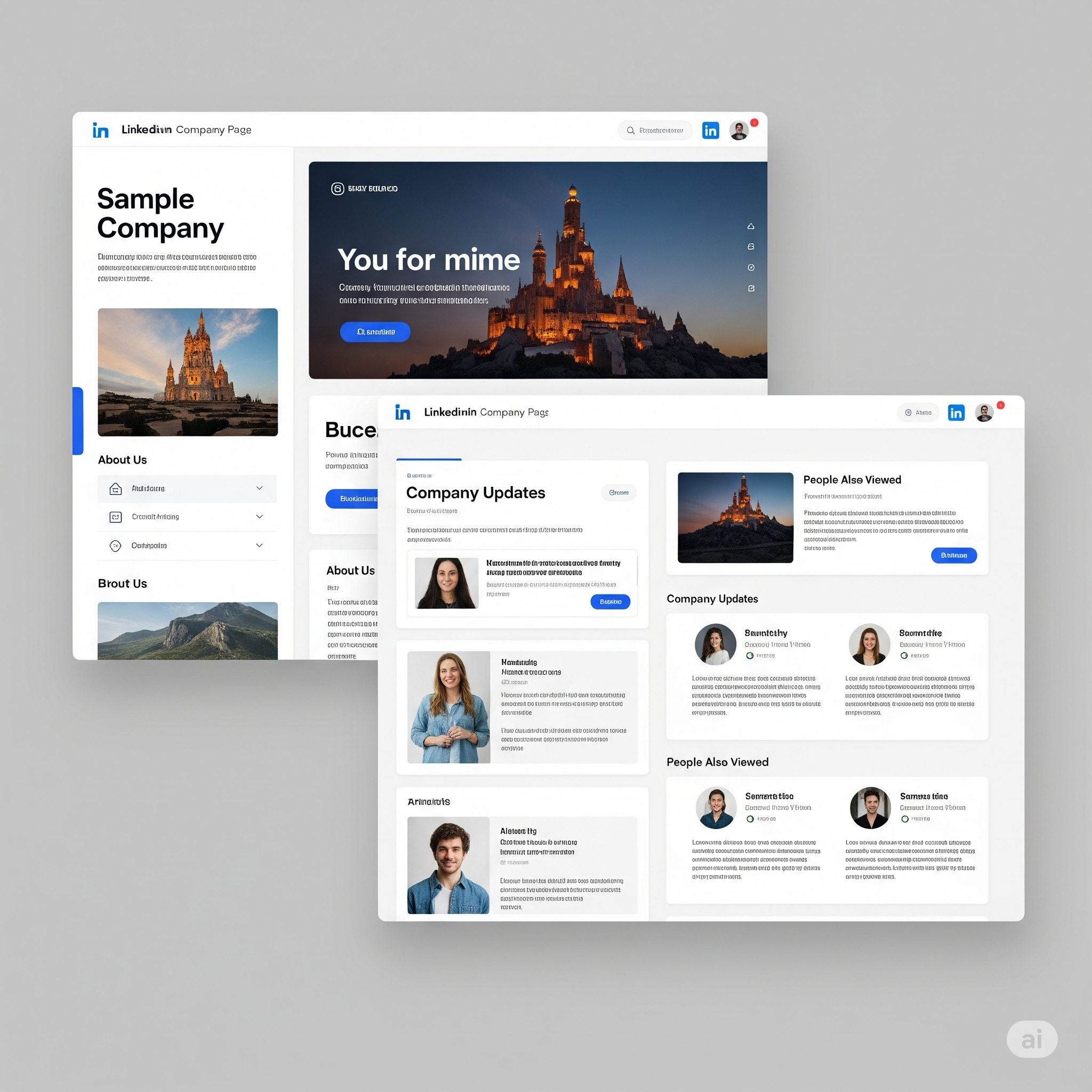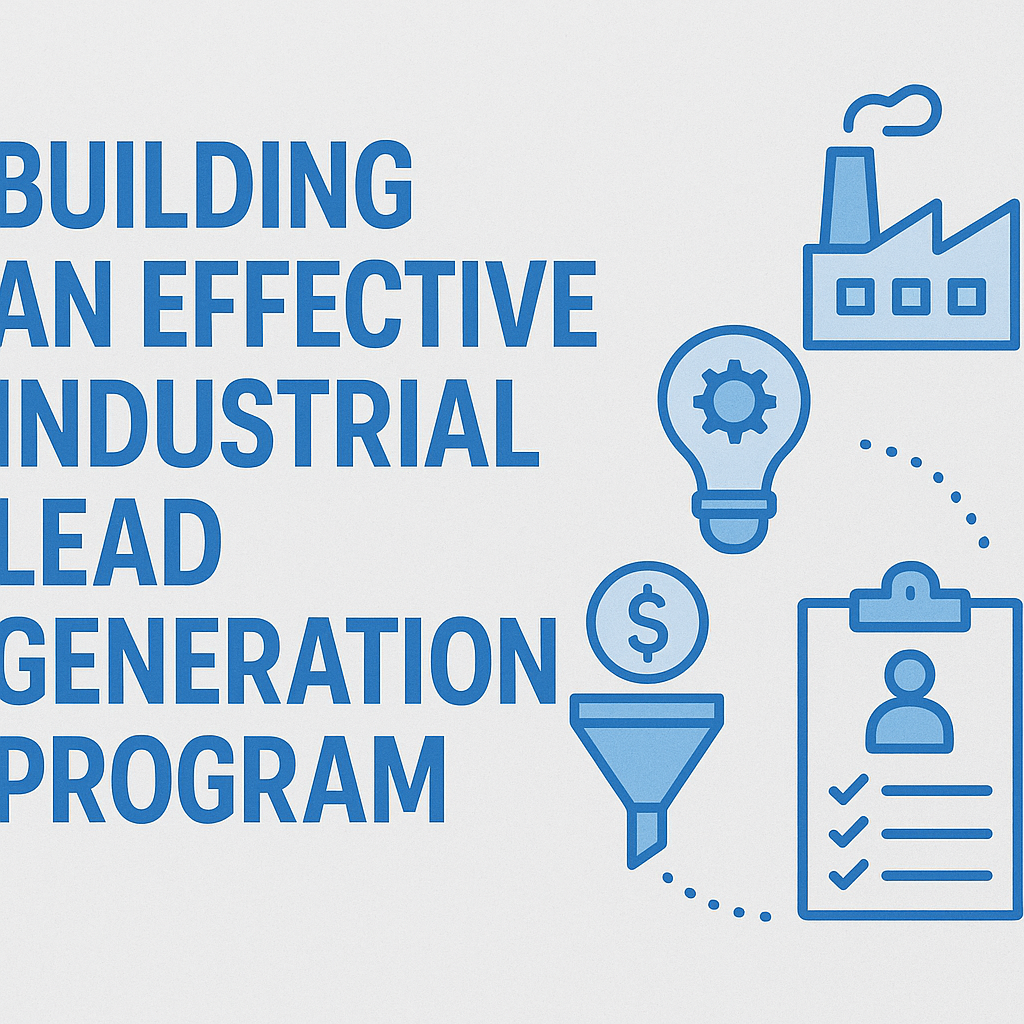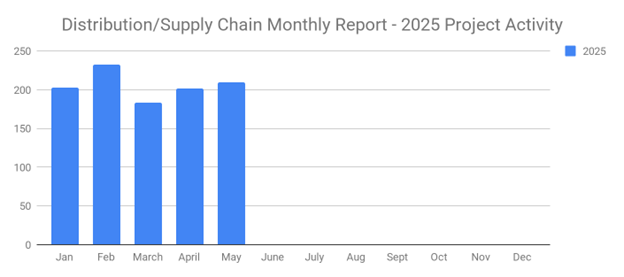
Do you use email as an appointment setting channel? Not all sales reps focus exclusively on cold calling. Many of them use other channels to interact with prospects, including email. You can send emails to generate leads and secure appointments. When using email for appointment setting, however, you should consider these six tips to achieve greater success.
#1) Personalize
Always personalize your emails when contacting prospects. A study conducted by Experian found that personalized emails have 29% higher open rates and 41% higher click-through rates (CTRs). Prospects will be more likely to open your emails if they see their name in the subject line, and they'll be more likely to click the appointment signup link or button in the body of your emails.
#2) Target Decision-Makers
Targeting decision-makers will help you secure more appointments with your emails. In the B2B industry, decision-makers are high-level executives who have the authority to make purchasing decisions on behalf of the business for which they work. Low-level workers may or may not have this authority. You can still send them emails, but you can expect a lower conversion rate when compared to targeting decision-makers.
#3) Create a Compelling Subject Line
One of the most important elements of an appointment setting email is the subject line. All emails have a subject line. It's the field of text that'd displayed in the recipient's inbox. Even before opening an email, recipients will see the subject line's text displayed in their inbox. You can land more appointments by creating a compelling subject line that entices prospects to click and, thus, open your emails.
#4) Emphasize Value Proposition
Another tip for a more effective email-based appointment setting strategy is to emphasize the value proposition. All appointment setting emails need a value proposition. It's a message or statement that conveys the value of booking an appointment. When creating an appointment setting email, tell the prospect why he or she should book an appointment. Once you've landed an appointment, you can begin to nurture the prospect through the remaining stages of the sales process.
#5) Send Between 9 and 10 AM
The timing of your emails matters. If you send them at the wrong time, they may go unnoticed. When is the best time to send appointment setting emails exactly? According to HubSpot, 9 to 10 a.m. is the sweet spot for most B2B emails.
#6) Create a Clear CTA
Make sure your email has a clear call to action (CTA). The CTA can consist of a link, button or even an actionable statement. Regardless, it should point prospects to the next step, which will typically consist of booking an appointment.
What to learn more? Get in Touch





